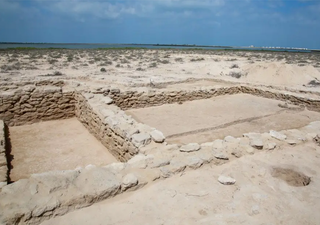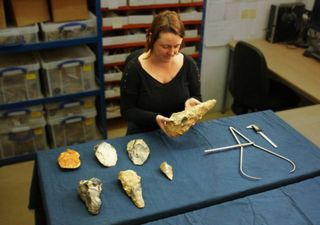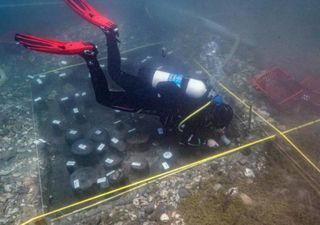Stonehenge study debunks popular theory about stone origins
Mysteries still surround the stones which make up Stonehenge, and a new study has revealed the monument's Altar Stone may have a different origin than previously thought.
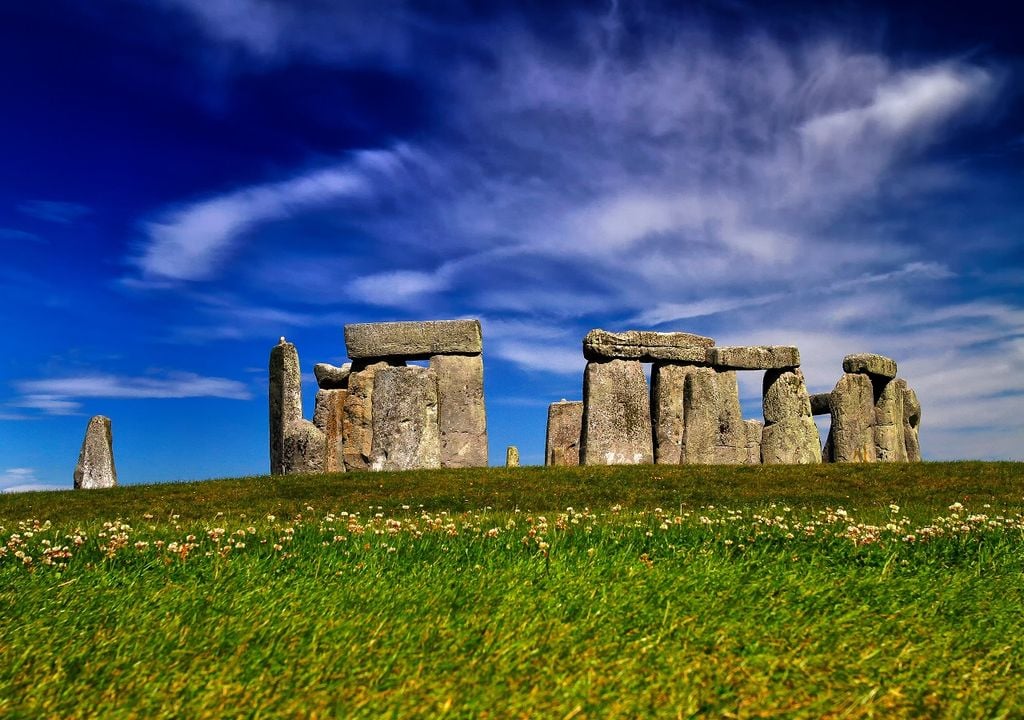
Stonehenge stone 80, also known as the Altar Stone, did not come from the same place as the other stones used in the construction of the monument, new research has found.
The finding debunks a longstanding theory about the Altar Stone, the largest of Stonehenge's 'bluestones', the mainly igneous rocks that form the monument's inner circle. Most of these stones come from the Mynydd Preseli area in west Wales, some 225 km west of Stonehenge, but the Altar Stone is different and may come from a quarry much further away.
"It now seems ever more likely that the Altar Stone was not derived from the old red sandstone of the Anglo-Welsh Basin, and therefore it is time to broaden our horizons into northern Britain," the authors state in their study, published in the Journal of Archaeological Science.
The Altar Stone's unique composition
Planted on the rolling chalk grassland of Salisbury Plain in Wiltshire, Stonehenge is perhaps the most iconic Neolithic monument in the world. Erected around 3,000 BCE, its towering standing stones reach 13 feet (4 metres) high and weigh around 25 tons each.
The intrigue surrounding Stonehenge is boundless, having captivated theorists, archaeologists and religious belief for centuries. Exactly how the monument's enormous stones were moved and positioned, and what their overall purpose was, remains up for debate.
The Altar Stone is unique amongst Stonehenge's bluestones in that it is made of sandstone, rather than igneous rock. Suspecting its origin may therefore differ to that of the other bluestones, the researchers investigated the Altar Stone in more detail, using techniques such as optical petrography, portable XRF analysis, automated SEM-EDS analysis, and Raman Spectroscopy.
The findings indicated an anomalously high barium content in the stone, with all but one of the 106 analyses showing barium levels greater than 1,025 ppm. In contrast, of the 58 old red sandstone samples analysed from the Anglo-Welsh Basin where the other bluestones originate, only four had a barium content greater than 1,000 ppm.
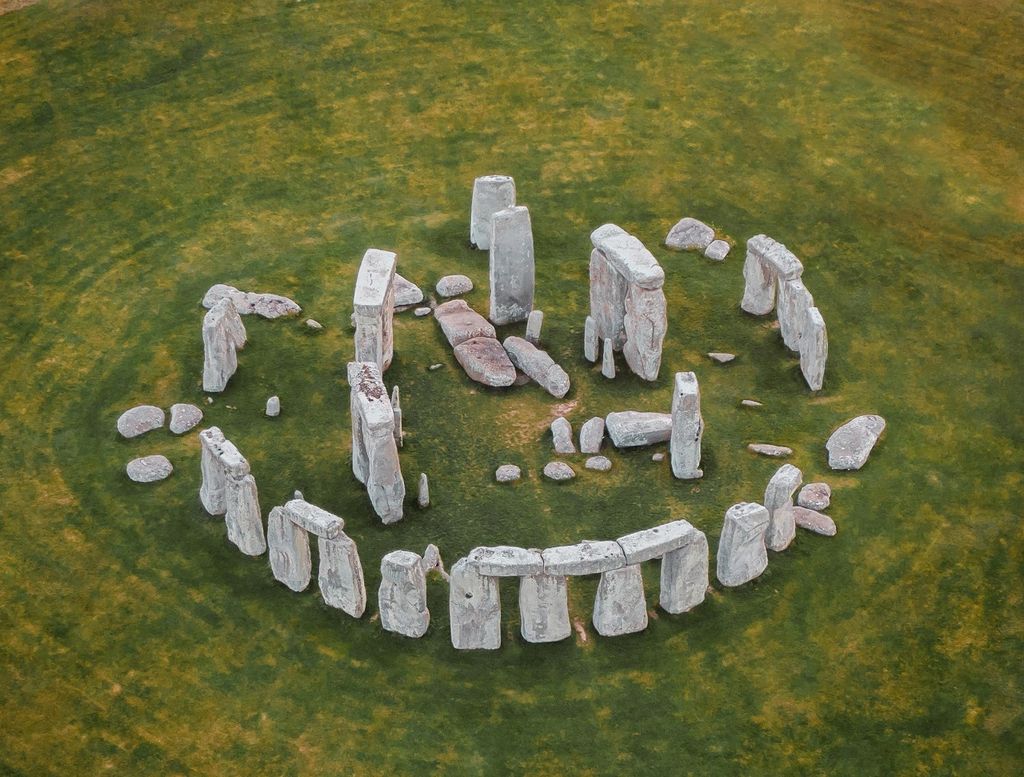
The researchers therefore propose the Altar Stone be declassified as a bluestone, while recommending that further investigations of its origin should deviate away from Wales, focusing further north in Britain instead.
Drawing history from a stone
As the researchers remark, monoliths used in the construction of stone circles are usually derived locally. Stones used in the El Pozuelo megalithic complex in Huelva, Spain were moved just 50–350 m, for example, while those used in the Ring of Brodgar and the Stones of Stenness monuments on Orkney were quarried from sources no more than 5–10 km away.
The 225km transport of Stonehenge's bluestones is therefore remarkable, representing one of the longest transport distances known from source to monument construction site anywhere in the world.
The lends further credence to the idea that the locations used to source the stones used in Stonehenge's construction were of great significance to the people who built the monument.
